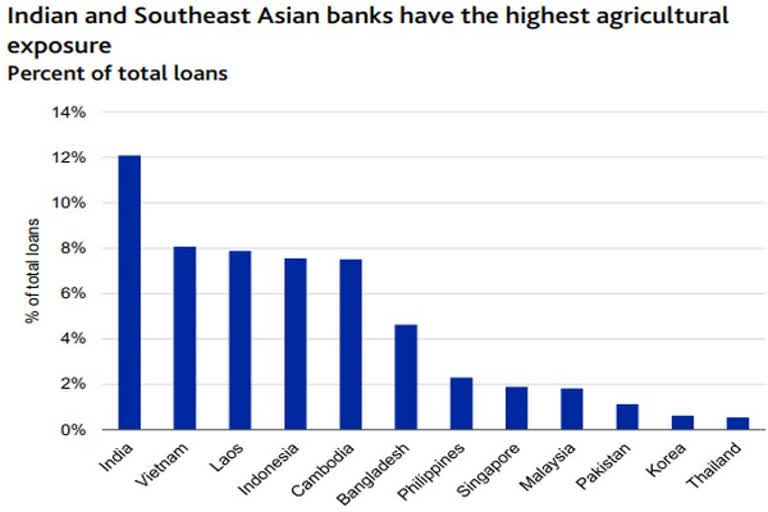Singapore: Water management is among the top environmental risks for countries and sectors in Asia, according to Moody's Investors Service. Of 25 economies in the region, it identified 10 that have highly negative or very highly negative exposure to water management risks -- including India, Pakistan, Bangladesh, and China.
Moody's said Asia has among the highest water management risks in the world, on a par with those of arid countries in Sub-Saharan Africa and the Middle East, despite high levels of seasonal rainfall and large river systems throughout the continent that provide ample supply. The exposure is most pronounced in South and Southeast Asia where water access, scarcity, and sanitation are key drivers.
In this subregion, annual freshwater withdrawal amounts to 50 per cent of the available domestic supply and 43 per cent of the population is exposed to unsafe drinking water on average, suggesting weak infrastructure for managing available water resources. In contrast, average freshwater withdrawals account for only 20 per cent of available supply in Western Europe, and 10 per cent in Latin America and the Caribbean.
Moody's said it considers five main transmission channels of water management risk for issuers in Asia, particularly for those in industries where access to fresh or clean water is crucial to productivity, or where reducing downstream pollution is critical to reducing secondary effects on public health and mitigating regulatory risk.
These channels include availability, access, and consumption; scarcity related to inadequate infrastructure; downstream pollution by users; sanitation; and risks stemming from pollution-related regulations. Availability, access, and consumption These factors are among the broadest sets of risks by impact, relating to excess demand on finite water resources that signals mismanagement of existing resources, low freshwater availability (such as in island economies), or diversion of water (through dams).
